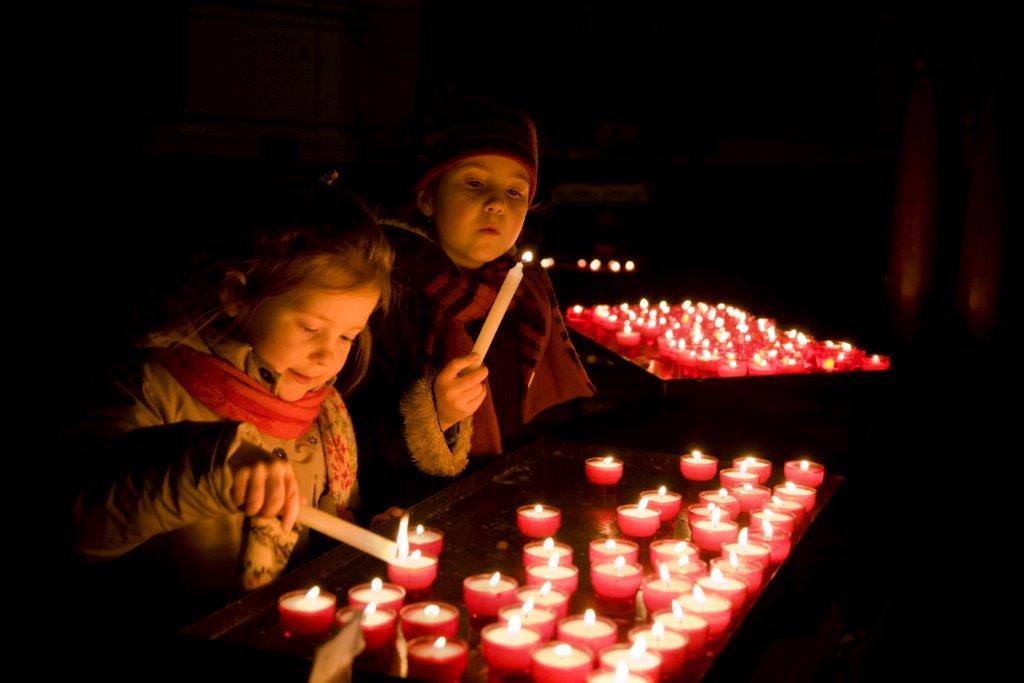A Neolithic chambered tomb with an enigmatic 'false entrance'.
This barrow, also known as Rodmarton Long Barrow, is of early Neolithic date (4000–3500 BC).
It seems that the site was used for burials well after the Neolithic period as Roman pottery and coins of Claudius Gothicus (AD 168–70) have been found.




